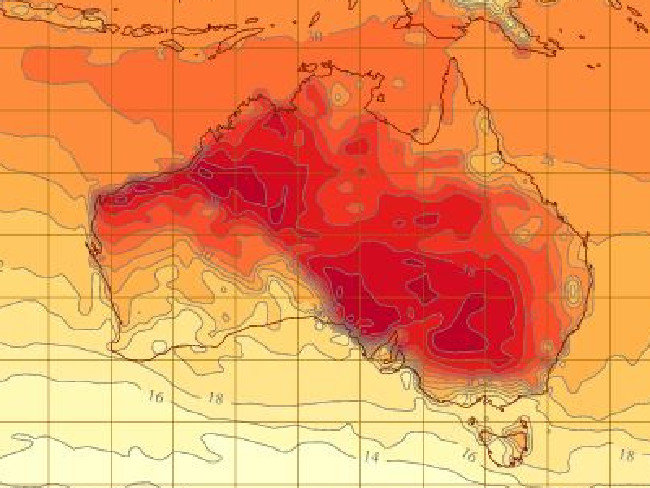
Australia climate change: how to mitigate induced disasters
Since 2010, AECOM has assisted the Australian Department of Defence with understanding risks to its assets due to climate change induced disasters across Australia. The process involved a risk assessment and prioritisation of sites, followed by detailed site assessments.
Climate change induced disasters are a recognized threat multiplier that will affect national security risks and pose a significant issue for public infrastructure.
Australia climate change: what are the risks
A two‐stage process involving a high‐level risk assessment and prioritisation of sites at greatest risk, and then detailed site assessments assessed current asset condition and facilitated local stakeholder engagement to enable Defence to understand their risk exposure and identify adaptation measures to minimize these future risks.
The findings will be important for informing investment and strategic planning decisions.
About the process: what are the key lessons?
Three key lessons are identified in this publication:
- The value of a staged approach to ensure resources are targeted to priority sites of greater risk.
- The benefit of generating, with project stakeholders, a Site Assessment Methodology and Framework, tailored to specific project needs.
- The importance of tailoring information to user needs. For instance, to support ongoing internal communication, a suite of products/reports were developed.
What are the potential benefits?
Short term benefits include building a greater awareness and planned response among Defence staff to priority climate change risks. These risks may make it more difficult for Defence to deliver service obligations and maintain assets and infrastructure.
Benefits also include reducing physical and financial impacts on personnel and assets, including: effectiveness to reduce risk; cost; significance of action and community acceptance.
This case study is one of a series produced by members of ARISE, the UNISDR Private Sector Alliance for Disaster Resilient Societies.
READ ALSO
The most Resilient Cities in the Word! - Metropolitan Urban Forest Strategy in…
Australia, Melbourne: Climate Adaptation and Resilience Master-class



